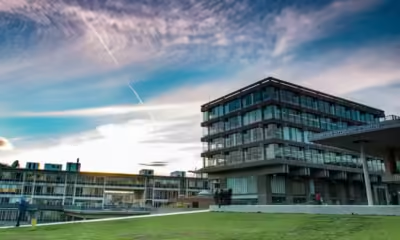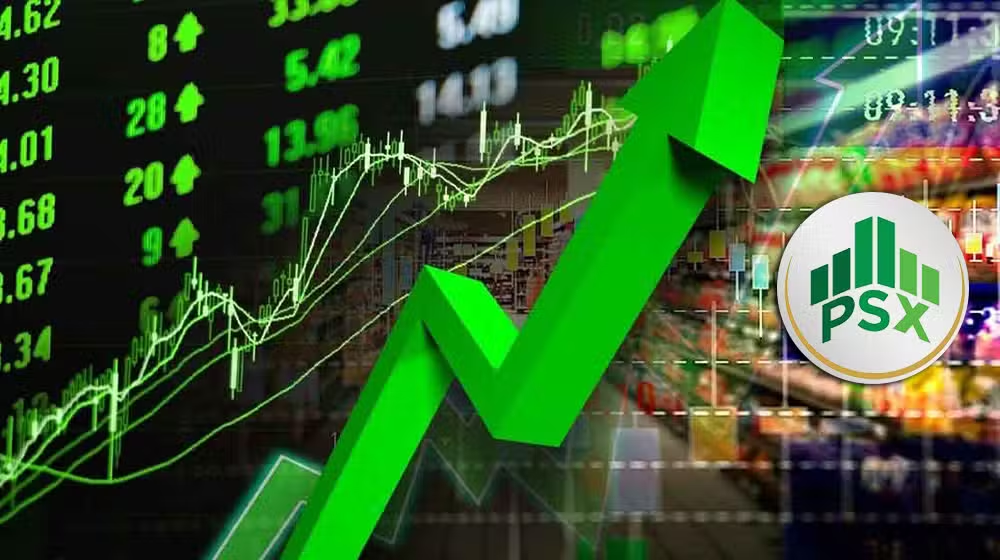After breaching the all-time high mark thrice in the last week, the price of gold in Pakistan soared to a record high of Rs. 268,000 per tola on Monday.
As per information gave by the All-Pakistan Diamonds and Gem specialists Sarafa Affiliation (APGJSA), the cost of gold (24 carats) rose by Rs. 1,700 for each tola to Rs. 268,000, while the cost of 10 grams moved by Rs. 1,458 to Rs. 229,767.
Last week, the cost of gold rose to an unequaled high of Rs. 264,000 for every tola on September 11. In any case, the record didn’t stand long as the valuable metal flooded to Rs. 265,900 on September 13 preceding rising much further to Rs. 266,300 for every tola on September 14.
In the global market, gold costs flooded to record highs today with spot gold up 0.5 percent to $2,588.29 per ounce starting around 0551 GMT, while US gold fates rose 0.2 percent to $2,615.80.
In a striking improvement that has sent swells through the monetary scene of Pakistan, gold costs have flooded to uncommon levels, moving toward the Rs. 300,000 for every tola mark. This wonderful climb denotes another section in the country’s monetary story, reflecting both worldwide patterns and nearby financial circumstances.
Gold, frequently seen as a place of refuge resource, has customarily been a favored interest in Pakistan, where its worth is intently attached to both homegrown expansion and global market patterns. By and large, the gold rate has vacillated in light of a bunch of variables, including international occasions, changes in money related strategy, and vacillations in worldwide business sectors. Be that as it may, the ongoing spike addresses an outstanding situation, driven by a conjunction of nearby and worldwide impacts.
One essential driver of this unrivaled gold cost is the overarching vulnerability in worldwide monetary business sectors. As financial backers look for solidness in the midst of unpredictable securities exchanges and international strains, gold has turned into an undeniably appealing resource. Lately, worldwide monetary precariousness, set apart by worries over expansion and financial lulls in significant economies, has powered a rush towards gold as a safe speculation. This pattern has been reflected in Pakistan, where the neighborhood gold market is encountering phenomenal interest.
Another huge component adding to the flood is the devaluation of the Pakistani Rupee. The Rupee has confronted significant strain because of different financial difficulties, including exchange uneven characters, political precariousness, and outside obligation troubles. As the worth of the Rupee declines, the cost of imported merchandise, including gold, ascents. This devaluation impact is enhanced in a nation where gold is generally imported, consequently making the metal more costly for Pakistani shoppers.
Expansion is another basic perspective impacting the gold rate. Pakistan has been wrestling with high expansion rates, which dissolve the buying force of the Rupee and increment the allure of gold as a support against rising costs. As ordinary costs and living costs climb, financial backers and buyers the same are going to gold to save their abundance and buying power.
The gold market in Pakistan is likewise impacted by production network issues. Disturbances in the worldwide production network, combined with nearby strategic difficulties, have prompted deficiencies and expanded costs. Diamond setters and financial backers are finding it progressively hard to source gold at sensible rates, further driving up the cost in the homegrown market.
Also, the job of hypothesis can’t be ignored. As the gold rate moves toward the Rs. 300,000 for every tola imprint, hypothesis and market feeling are probable assuming a huge part in enhancing the cost development. Merchants and financial backers, expecting further increments, are effectively purchasing gold, which thusly energizes its vertical direction.
The ramifications of this record-high gold rate are complex. For financial backers, it addresses both an open door and a test. On one hand, the people who have put resources into gold are seeing significant returns; then again, the excessive costs present moderateness challenges for new purchasers and can prompt market unpredictability.
For the more extensive economy, high gold costs can flag basic monetary pressure, featuring the requirement for compelling arrangement intercessions. As gold proceeds with its climb towards the Rs. 300,000 for every tola mark, it highlights the significance of addressing the variables driving expansion and money deterioration to balance out the economy.
All in all, the flood in gold costs to keep highs in Pakistan is a critical improvement that reflects both nearby financial difficulties and worldwide market elements. As the cost of gold approaches the Rs. 300,000 for each tola mark, it features the requirement for vital financial preparation and gives knowledge into the more extensive monetary circumstances affecting the country.

 Business11 months ago
Business11 months ago
 Sports11 months ago
Sports11 months ago
 Entertainment11 months ago
Entertainment11 months ago
 News11 months ago
News11 months ago
 Entertainment10 months ago
Entertainment10 months ago
 General11 months ago
General11 months ago
 Sports11 months ago
Sports11 months ago
 Sports11 months ago
Sports11 months ago



















